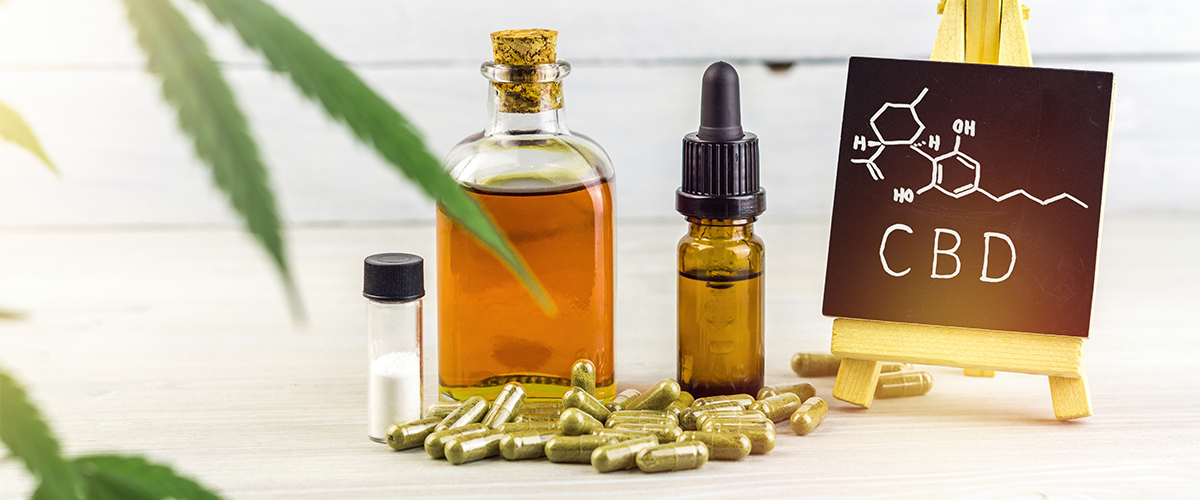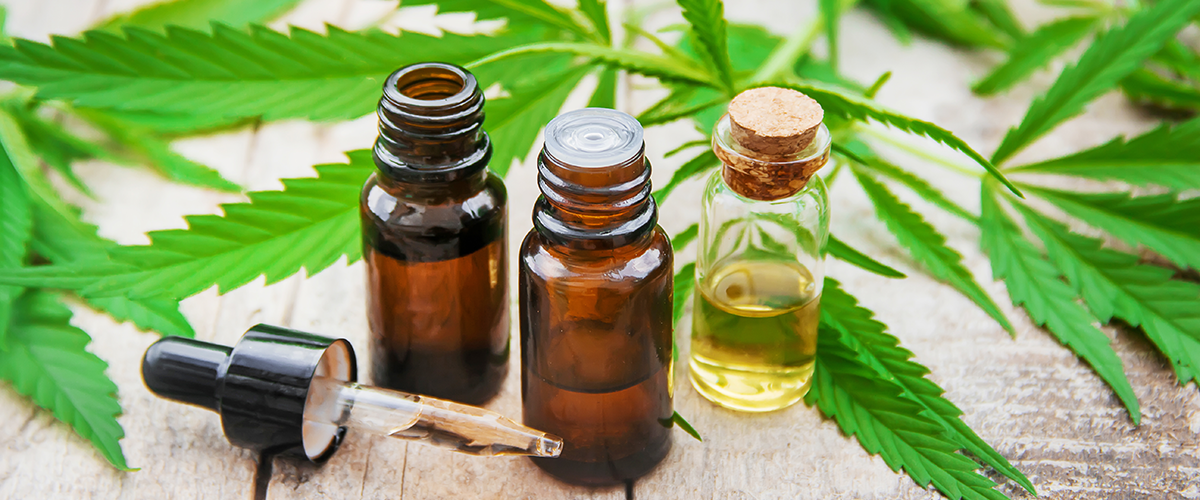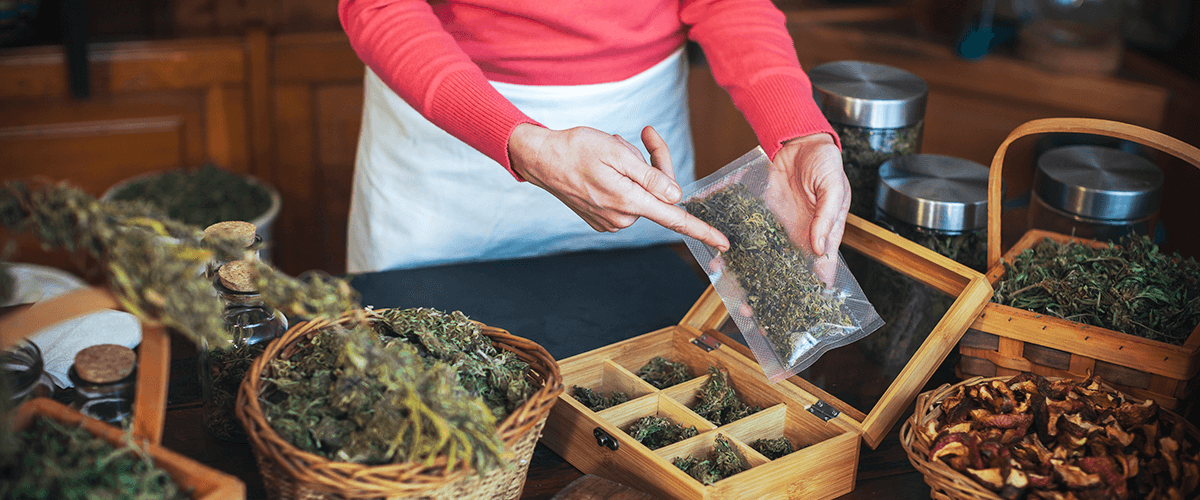
Though the term "cannabis" was synonymous in the past with getting high, these days, cannabis is just as heavily associated with health, healing, and homeopathic remedies. CBD oil and hemp seed oil specifically are becoming well-known for their relaxing and soothing properties. The two oils are different, however, and it is helpful to know each one's specific features.
Before discussing the difference between CBD and hemp seed oil, it is important to distinguish "cannabis". The plant grown and harvested for its THC content and psychoactive properties and "hemp," the low-THC plant that is used to make CBD oil and hemp seed oil. Cannabis and hemp are the same species of plant, but they have very different properties. Cannabis plants are normally grown for the psychoactive properties contained in the buds of the female plant. These can be grown at home by nearly anyone with a green thumb.
Cannabis plants can be photoperiod strains, which do not bloom unless they get twelve hours of darkness. There are also auto-flowering strains that bloom about thirty days after the plant sprouts from the seed. Since the highest-grade buds are seed-free, growers will weed out the male plants and the female plants that have developed pollen sacs due to stress. For this reason, feminized seeds are more popular than regular seeds. They ensure that 99.9% of the plants grown are female and reduce the need to weed out male or "hermie" plants.
Hemp, on the other hand, must contain less than 0.2% THC in the EU and less than 0.3% in America and Canada. Hemp is grown by farmers for grain, fiber, CBD oil, and hemp seed oil. The many different uses for the hemp plant mean that most of it can be used, and not much of it is wasted. Also, feminized seeds have not yet been developed. The best a grower can get is a female-dominated strain that usually still grows up to 35% male plants.
Some strains are monoecious instead of dioecious, meaning that the plants are intersex and grow buds and pollen sacs. Also, auto-flowering hemp varieties work fine because they are short enough that a combine harvester can harvest them. The photoperiod strains of hemp that are grown are harvested after 150 days or fewer before they start flowering. Some strains of hemp can produce two tons per hectare of seeds. Cannabis plants can yield 10-14 tons per hectare.

Hemp seeds contain approximately 30% oil, measuring by weight. The oil is extracted with a method similar to the method used to extract oils from other types of seed: the hemp seeds are cold-pressed, and out seeps the hemp seed oil, rich in fatty acids. Seeds are cold-pressed by removing the outer husk, then chilled and pressed with a steel press.
Because the oil was extracted without using any heat, no nutrients are lost, and the resulting oil is unrefined. However, seed shattering and the variation in the size of the seeds means that cold pressing is difficult and can not be done efficiently at home. Because of the expense of the machines that make the process possible and the number of seeds that need to be processed to offset the waste, cold-pressing can only really be done commercially.
Hemp seed oil is made up of over 80% polyunsaturated fatty acids, which is the highest percentage among edible oils. Specifically, hemp seed oil has lots of Omega-6 and Omega-3 fatty acids. These are also referred to as "essential acids," because the body cannot produce them on its own.
However, they are essential for forming cell membranes, heart health, mental health, bone health, brain development, and energy. Also, hemp oil contains the optimal balance of LA and LNA fatty acids, which help maintain skin and hair quality, water retention, wound healing, growth, motor coordination, and a host of other functions. In addition, hemp oil is rich in vitamin E, which is an antioxidant that can contribute to slowing the signs of aging, among other things.
For those who are concerned about how an oil derived from a species of the cannabis plant will affect them, and the legality of such an oil, know that hemp is legally grown by farmers and contains little to no THC. Hemp seed oil contains no cannabinoids whatsoever, not even CBD. This is because the cannabinoids are produced by the cannabis plant's trichomes, which do not develop until the plant's flowering phase. Ultimately, using hemp oil is not any more dangerous than using any other cooking oil. Aside from eating an unhealthy amount of fat, there is little to worry about.
In 2018 Congress passed the 2018 Farm Bill, a modification of the 2014 Farm Bill. While the 2014 bill limited hemp production mostly to use for research. The 2018 bill legalized growing hemp as an agricultural commodity, removed it from the list of controlled substances, and made the Federal Crop Insurance Corporation work fast to develop policies so that hemp could be covered by insurance. The 2018 Farm Bill also expanded the concessions of the 2014 bill made for hemp research. While hemp still cannot be grown as freely as other crops, the 2018 bill is a step in that direction.

CBD oil is different from hemp oil. For starters, it could be extracted from either hemp or cannabis. Though many cannabis strains are grown for their THC content and contain less than 1% CBD, several hemp strains contain 2-3% and are perfectly legal. Several strains of medical cannabis have been developed that are high in CBD and low in THC, and these strains are popular enough that cannabis cultivators can focus on one type of strain and not grow THC-heavy strains at all. However, most CBD oil still comes from hemp plants, simply because they are easier to grow legally. CBD enthusiasts speculate that eventually, CBD oil will stop being harvested from hemp and instead be squeezed from cannabis plants that have 20% CBD or higher.
To compete with manufacturers making CBD oil from cannabis plants that are higher in CBD, the manufacturers of CBD oil derived from hemp often use the supercritical CO² extraction method. CO² extraction is done by supercooling CO² into a liquid and pushing it through an extraction tube containing the hemp, separating the plant material from the target compounds. The liquid CO² then evaporates, leaving behind the cannabis oil with all the desired CBD, terpenes, and trichomes but leaving no residue.
CBD oil has different effects from hemp oil. While hemp oil is essentially a healthy, high-quality edible oil, it contains no cannabinoids. CBD oil contains the cannabinoid CBD, which is a muscle relaxant and anti-inflammatory. The uses of CBD range from treating arthritis to anxiety to epilepsy. It is not psychoactive, unlike THC, so it does not produce a high. CBD oil is normally taken by placing a couple of drops under the tongue.
In summary, hemp seed oil can oil be derived from hemp only, whereas CBD oil was gotten from cannabis or hemp. As to the effects, the hemp seed oil is high in Omega-3, Omega-6, and vitamin E, but other than that has few differences from other cooking oils. CBD oil contains the cannabinoid CBD, which has relaxing effects. In the future, these oils will be even more readily available as the cannabis plant gains acceptance in the U.S., and innovations in the oils' production and positive effects will continue to be discovered.